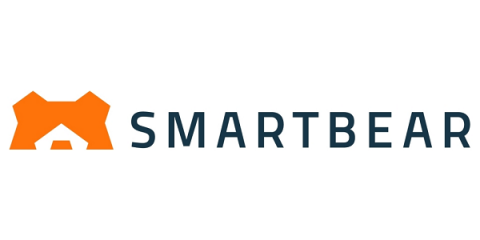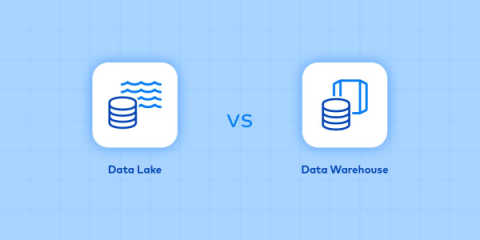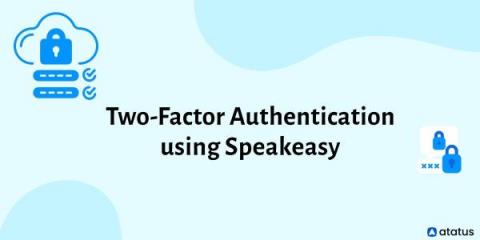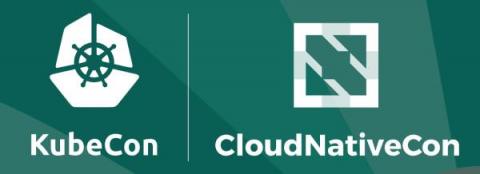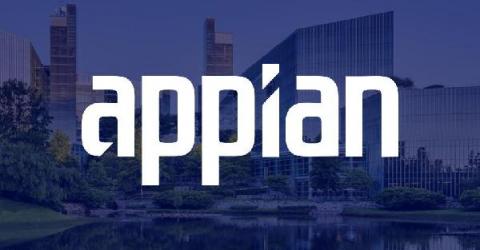Systems | Development | Analytics | API | Testing
%term
Data lakes vs. data warehouses
Successful analytics depends on choosing the right approach to storing your enterprise data.
Under the Hood of Macros in Elixir
Welcome back to part two of this series on metaprogramming in Elixir. In part one, we introduced metaprogramming and gave a brief overview of macros. In this part, we will explore the inner workings and behaviors of macros in more depth. As discussed in the previous post, macros are compile-time constructs in Elixir. So, before diving into how macros work, it is important to understand where macros lie within Elixir’s compilation process.
Welcoming Kore Labs to the Kong Family!
As Kong continues to expand its global footprint, we recently added Kore Labs, experts in FinTech digital product lifecycle management solutions, to the Kong customer community in the UK. Kore built its cloud-enabled solution on top of Kong in order to revamp its architecture to scale and provide customized solutions for its clients.
Benchmark Reporting: How to Prepare, Analyze and Present a Good Benchmark Report?
Two-Factor Authentication(2FA) using Speakeasy
Normally, you must submit a password in order to log into an application. In the case of two-factor authentication, you must also provide a one-time temporary password (also known as a token) in addition to your regular password. You can get this OTP in a variety of ways. The different varieties of 2FA are determined by how the OTP is provided. The OTP can be sent via email, SMS, as a software token using applications such as Google Authenticator, or as a hardware token.
New: Create Custom Metrics from Google Search Console in Databox
Imagining the Future of Analytics and the Modern Data Stack
Three tech leaders discuss the future of analytics and data architecture — and how to get the most value from them.
Looking forward to KubeCon
KubeCon + CloudNativeCon North America is just around the corner. I’ve been looking forward to this event for a long time, especially since 2020 was virtual and it looks like there will be an in person option this year. This should be a great event and there are going to be a ton of awesome sessions. Last year was simply enormous with over 15K attendees who joined virtually.
Addressing Common Institutional Onboarding Challenges in Financial Services
For financial services organizations, onboarding institutional clients is challenging. The process is complex and made even more so by increasingly distributed and decentralized work, which compromises visibility and transparency and makes connectedness difficult. It also introduces a high degree of risk, as manual processes expose organizations to errors and inconsistencies.


